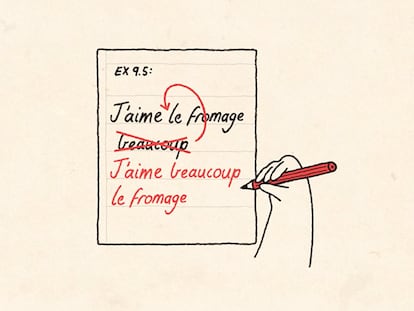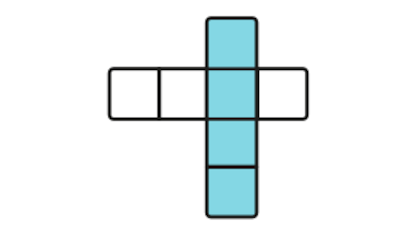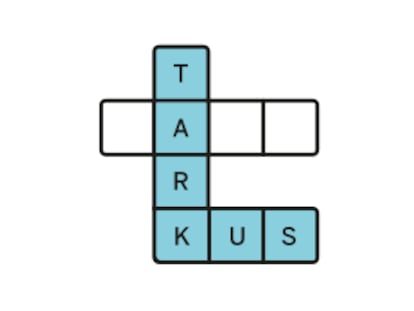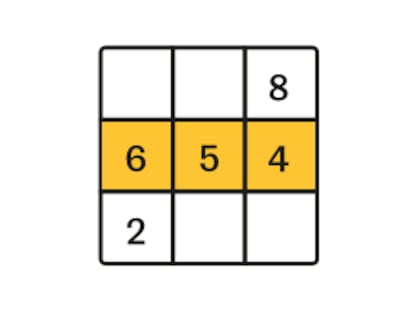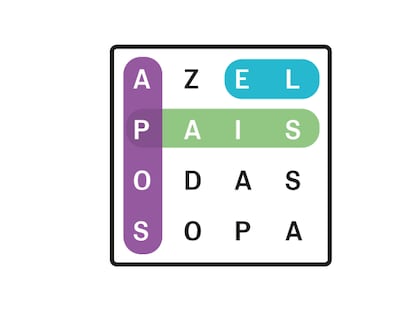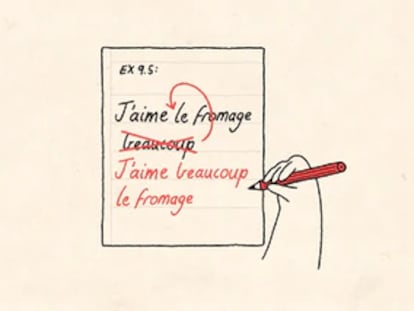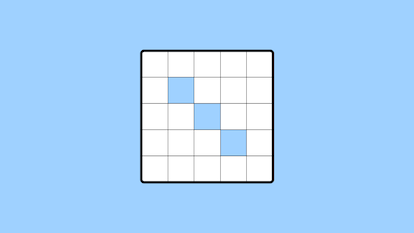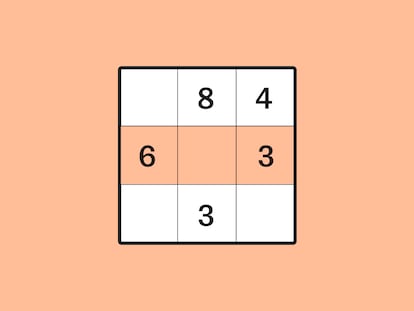Russia revolutionizes warfare with fiber-optic-controlled drones
Ukraine leads the way in unmanned vehicle innovation, but the invaders are advancing with weapons that have been key to their recapture of territory in Kursk
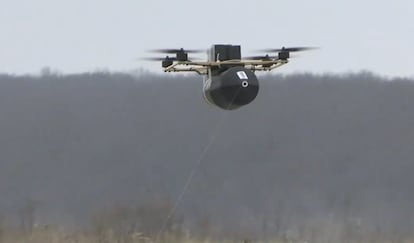
In the border area between the Sumy and Kursk provinces, between Ukraine and Russia, the tops of many trees are covered with giant cobwebs of fine cables, similar to fishing lines. One of the bloodiest battles of the war is taking place in this area, and it is where Russia has most forcefully introduced a technology that has revolutionized military tactics in 2025: the massive use of bomb-carrying drones connected to the pilot by a fiber-optic cable.
This innovation prevents the aircraft’s connection from being disrupted by what is known as “electronic warfare,” that is, by disruptive radio frequency signals. On both sides, many vehicles and defense barriers incorporate these antennas, which emit radio frequency signals that cut off the remote connection between the pilot and the drone. Fiber-optics are immune to this.
Its operation is ingenious and simple: the drone has a built-in reel with a cable, which can be between three and 15 miles long. If, during flight, the cable becomes entangled in an obstacle, such as trees, the vehicle continues flying because the reel keeps releasing it, and it remains connected to the pilot.
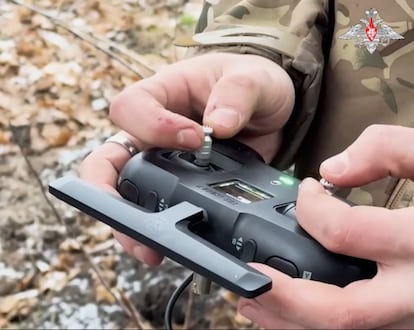
Russia began deploying these drones experimentally a year ago, but it wasn’t until last December that their use became widespread. Ukraine followed suit shortly afterward, but its production level remains behind that of the enemy. Their presence is detected along the entire front line, but it has been especially felt in Kursk, where they are playing a key role in nearly expelling Ukrainian troops from the Russian province.
This is what the military personnel interviewed this month by EL PAÍS in the Sumy region, bordering Kursk, explained, as corroborated by numerous videos shared by Russian military accounts on social media. Most of the drones used in Russian attacks on the retreating Ukrainian forces in Kursk have fiber-optic connections, and not only on Russian soil. This newspaper was able to verify, based on debris from recent attacks, that the range of these devices reaches up to 15 kilometers (9.3 miles) inside Ukrainian territory.
“The only way to stop them is to protect the logistics routes with nets, but you can’t cover a highway with kilometers of nets,” a high-ranking officer in the Ukrainian military’s intelligence services explained to EL PAÍS in Sumy in March. This soldier, who only provided his first name, Roman, warned that the cost of these drones is much higher than that of remote-controlled vehicles because they require kilometers of fiber-optic cables and the cylinder that charges them.
An analysis by the Ukrainian state news agency Ukrinform in March established that the average cost of a reel and fiber-optic cable is close to €1,000 ($1,082). Added to this is the price of the drone, which, in the case of the most commonly used models, FPV (first-person view) guided by a camera mounted on its front, ranges between €300 and €600 ($324-$649). Roman estimated that three months ago, the average cost of 15 miles of fiber-optic cable and the reel was €2,000 ($2,164).
Eighty percent of global fiber optic production is carried out in China, and Ukrinform claims that economies of scale are allowing the price per meter of cable to be reduced, but at the same time, quality is deteriorating. Roman, the Ukrainian intelligence officer, believes that hands the advantage to Russia because on the enemy side, the burden of military financing falls entirely on the state, and fiber optic drones are a priority for the Russian military. On the Ukrainian side, however, a good portion of the drones arriving at the front depend on private donation campaigns, and their cost leads to fewer units.
Shotgun shells
One of the peculiarities of Russia’s use of fiber-optic drones is that they are in the hands of highly trained units. This is the case in Kursk, and also at another point on the front, in the battle for Chasiv Yar, in the Donetsk region. These vehicles are piloted by highly trained teams that even reach Ukrainian artillery positions, 10 kilometers (6.2 miles) from the enemy: “They can even fly between tree lines to determine if our howitzers are there; unfortunately, they are causing many casualties,” says Andriy Horetskiy, commander of a battery of Ukraine’s 26th Artillery Brigade.
Since February, the presence of these vehicles in this sector of the Donetsk front has skyrocketed, according to this officer. Horetskiy adds that the most effective way Ukrainian forces have found to shoot down these drones is with something as rudimentary as shotguns that fire buckshot, because the small lead bullets disperse and have a better chance of hitting their target.
Ukraine is accelerating the use of this technology, and some experienced voices predict that it’s only a matter of time before fiber-optic drones become dominant across the 2,000 kilometers (1,240 miles) of the war front. This was reiterated last February in an interview with Lieutenant Colonel Roman Kuziv, head of the Ukrainian medical forces for the eastern provinces. Kuziv follows the details of drone bomb operations in the war and reveals that at the most intense points of fighting, almost 60% of the wounded are from attacks by unmanned vehicles.
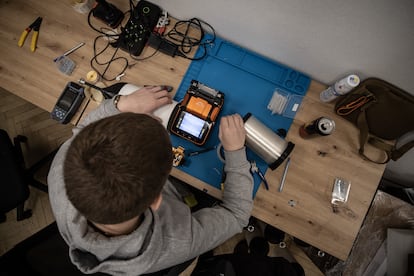
Kuziv points out that neither side has found an effective way to stop fiber-optic drones. But one of the laws of military theory is that as offensive technology advances, so does defensive technology. The Russian Air Force has based much of its tactics to support its infantry advances on strikes against the front lines of Ukrainian defenses with guided aerial bombs. This weapon has been another of Russia’s few technological victories in the war. It is a system that allows the bomb to glide and be guided. But the Ukrainian forces have developed radio frequency systems that disrupt the connection with the bomb, similar to those used with drones. The result is that by 2025, they are rapidly reducing the accuracy of Russian bombing.
Kyrylo Budanov, head of intelligence for the Ukrainian Ministry of Defense, warned in December 2024 that fiber-optic drones “are a huge problem” for them, and predicted they would be the weapon of choice by 2025. “We must all work together to find a technological solution that will counter such a large number of these devices,” he said. Three months later, there’s still nothing stopping them.
Sign up for our weekly newsletter to get more English-language news coverage from EL PAÍS USA Edition
Tu suscripción se está usando en otro dispositivo
¿Quieres añadir otro usuario a tu suscripción?
Si continúas leyendo en este dispositivo, no se podrá leer en el otro.
FlechaTu suscripción se está usando en otro dispositivo y solo puedes acceder a EL PAÍS desde un dispositivo a la vez.
Si quieres compartir tu cuenta, cambia tu suscripción a la modalidad Premium, así podrás añadir otro usuario. Cada uno accederá con su propia cuenta de email, lo que os permitirá personalizar vuestra experiencia en EL PAÍS.
¿Tienes una suscripción de empresa? Accede aquí para contratar más cuentas.
En el caso de no saber quién está usando tu cuenta, te recomendamos cambiar tu contraseña aquí.
Si decides continuar compartiendo tu cuenta, este mensaje se mostrará en tu dispositivo y en el de la otra persona que está usando tu cuenta de forma indefinida, afectando a tu experiencia de lectura. Puedes consultar aquí los términos y condiciones de la suscripción digital.
More information
Archived In
Últimas noticias
James Cameron: ‘For the films I like to make to continue to exist, we have to find a way to make them cheaper’
Families demand repatriation of bodies of Colombians who died in Ukraine: ‘This war is a slaughterhouse for foreigners’
The guardians of the meteorites of the Argentine Chaco
Helen Levitt, the photographer who captured the theater of the everyday
Most viewed
- Christian Louboutin: ‘Young people don’t want to be like their parents. And if their parents wear sneakers, they’re going to look for something else’
- US sanctions against jailed cartel leader ‘El Marro’ highlight Mexico’s lack of control over its prisons
- Cartels in Mexico take a leap forward with narco-drones: ‘It is criminal groups that are leading the innovation race’
- Liset Menéndez de la Prida, neuroscientist: ‘It’s not normal to constantly seek pleasure; it’s important to be bored, to be calm’
- ‘El Limones’ and the growing union disguise of Mexican organized crime











